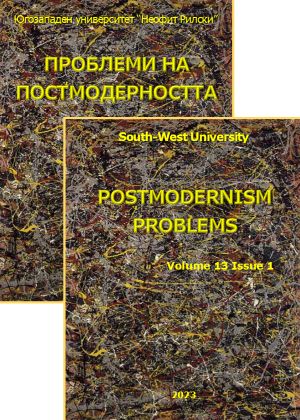Young People and Projects for the Future. Case Study Romania
Young People and Projects for the Future. Case Study Romania
Author(s): Corina Dragan, Sebastian Fitzek, Gabriela NeaguSubject(s): Social Sciences, Sociology, Social development, Rural and urban sociology, Economic development
Published by: ЮГОЗАПАДЕН УНИВЕРСИТЕТ »НЕОФИТ РИЛСКИ«
Keywords: NEETs; rural development; young people; Romania
Summary/Abstract: In recent years, the problem of young people has become a dominant one both in the scientific literature, being analyzed from different perspectives, as well as at the level of leaders from various European and national institutions, being interested in the identification of measures, and policies to support young people. The problems that today's young people face are increasingly complex, and the decisions they make and the solutions they identify have a significant impact not only on their own lives but also on the community and the society they belong to. Our study aims to answer the following questions: what are the expectations of young Romanians vis-a-vis their educational, professional, and family future? What are the actions they undertake to achieve their proposed objectives? From a theoretical point of view, we will use a multiple trajectories perspective. From a methodological point of view, we will use quantitative data collected in 2022-2023 in Romania at the level of the South-West Oltenia region. The results confirm the fact that young people are uncertain about their future mainly because the socio-economic and political situation is unstable; that they have a great capacity for adaptability that allows them to change their strategies to obtain the best result for their future; coherence in the development of plans has a close connection with the level of education and qualification of young people.
Journal: Проблеми на постмодерността
- Issue Year: 13/2023
- Issue No: 1
- Page Range: 68-86
- Page Count: 19
- Language: English

